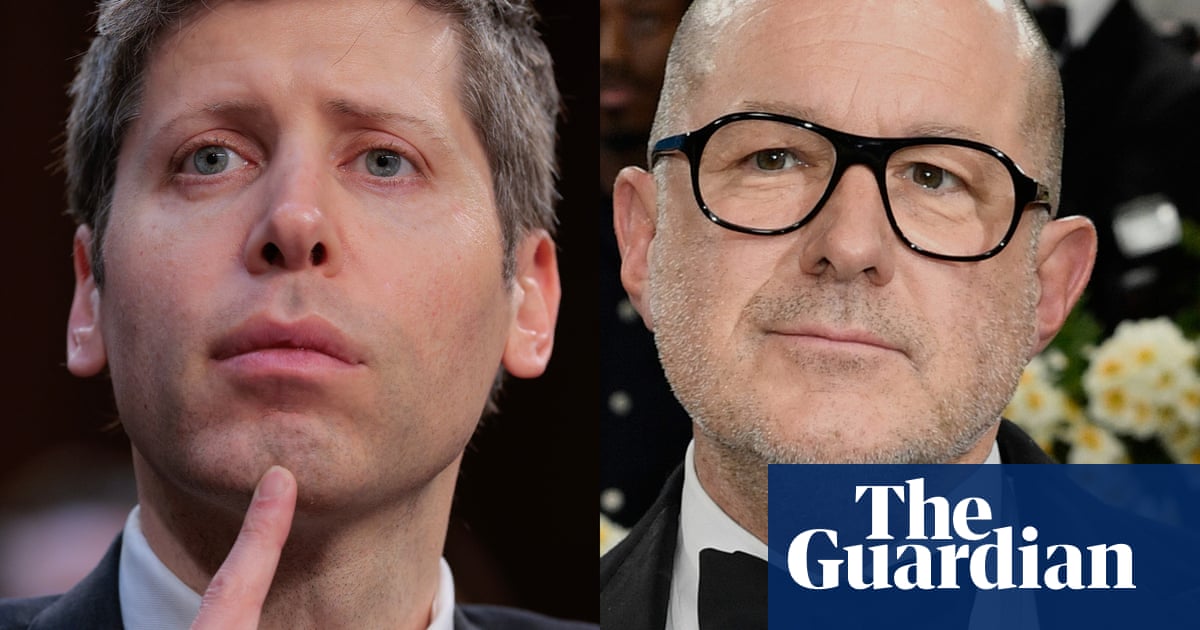Summary:
Superwood by InventWood is stronger and lighter than steel with 90% lower carbon emissions
Potential to replace 80% of global steel usage and cut greenhouse gases by 2 gigatons
$15 million Series A funding secured to build the first factory
Initial focus on decorative applications, with future plans for structural use
Faces challenges like industry slow adoption and safety regulations
InventWood's Superwood: A Game-Changer in Construction Materials
A groundbreaking startup, InventWood, is making waves with its development of "Superwood," a material touted to be stronger and lighter than steel, while also boasting 90% lower carbon emissions. This innovation could potentially substitute up to 80% of global steel usage and reduce greenhouse gas emissions by over 2 gigatons.
Key Features of Superwood
- Up to 50% more tensile strength than steel
- Minimal expansion and contraction
- Class A fire rating, making it a safe choice for construction
The Science Behind Superwood
The technology stems from a 2018 research paper by materials scientist Liangbing Hu, which detailed a method to transform natural wood into a high-performance structural material. The process involves boiling wood in a mixture of lye and sodium sulfite, compounds commonly used in industrial food operations.
Funding and Future Plans
InventWood has secured $15 million in Series A funding, aimed at establishing its first factory. Initially, the company plans to focus on decorative applications ("skin applications") before moving on to structural uses ("the bones of the building").
Challenges Ahead
Despite its promise, the adoption of Superwood faces hurdles:
- Slow-moving materials science industry
- Regulatory and safety approvals
- Past incidents with similar materials, like the Peavy Hall collapse involving cross-laminated timber (CLT)
Alex Lau, CEO of InventWood, emphasizes a cautious approach: "Eventually we want to get to the bones of the building, but first, we need to gain the confidence of architects and engineers."
This startup's journey highlights the intersection of innovation, sustainability, and real-world application challenges.









Comments